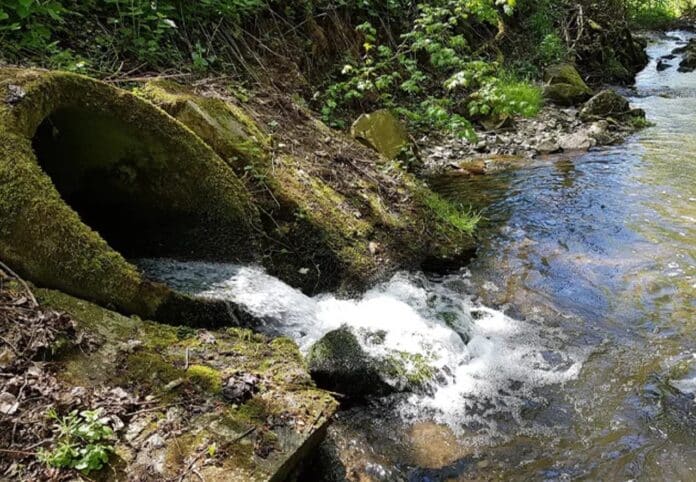Global urbanization and city growth present significant and unprecedented challenges to the sustainable use of natural resources and the protection of ecosystems. Wastewater treatment plants (WWTPs) play an important role in global urbanization. They are designed to remove pollutants and toxins from wastewater before it is released into the environment. The establishment of WWTPs was a huge accomplishment that significantly reduced the amount of untreated wastewater entering the environment.
Wastewater treatment plants are an essential component of modern infrastructure. They have significantly contributed to the improvement of the quality of our surface waters. However, their ability to entirely remove micropollutants from wastewater is usually limited. These compounds include active ingredients from medications and personal care items, insecticides, and other synthetic substances that enter waterbodies via treated wastewater, adding to the strain on rivers and streams.
Wastewater usually undergoes three treatment steps: primary, secondary, and tertiary. In the first treatment, suspended and colloidal materials are removed using rakes, sand traps, and fat separators. The secondary stage involves the biological breakdown of nutrients and organic molecules. The third phase removes phosphates. Finally, treated wastewater is commonly released into a neighboring river. In wastewater treatment plants, some species disappear while others benefit. Many insect larvae, like stoneflies and caddisfly larvae, are decimated. On the other hand, certain worms and crustaceans can grow.
A team from Goethe University Frankfurt led by Daniel Enns and Dr. Jonas Jourdan examined 170 wastewater treatment plants in Hesse about species composition. It showed that some species disappeared while others benefitted. Their findings indicate that a shift in species composition can be observed. Researchers found that the composition of the species community changed significantly between sites located upstream and downstream of wastewater treatment plants.
They have contributed significantly to improving the quality of natural waters. However, a study shows that these compounds continue to enter the water cycle, which affects the composition of the organisms living there. This exacerbates the challenges faced by already vulnerable insect communities and aquatic fauna. A previous study has demonstrated that pollution-tolerant taxa often dominate invertebrate populations downstream of such effluents, primarily in single wastewater treatment plants.
Some species, such as stoneflies and caddisfly larvae, were particularly harmed by wastewater treatment plant effluents, disappearing totally in some areas. Other taxa, such as certain worms and crustaceans, benefit and are found in more significant numbers. This alteration is most noticeable in streams and smaller rivers. Overall, wastewater treatment plants affect downstream conditions to the benefit of pollution-tolerant taxa while harming sensitive taxa.
Modern treatment techniques, such as ozonation or activated charcoal filtering, can improve the efficiency of water treatment in wastewater treatment plants, allowing a wider variety of pollutants, including many trace compounds, to be eliminated from wastewater before it is released into the environment. Merging smaller wastewater treatment plants also helps reduce the environmental burden. Whatever measures are taken, it is critical to ensure that the upstream sections are not already damaged and are in good chemical and structural condition.
Journal Reference:
- Daniel Enns, Sarah Cunze, et al. Flushing away the future: The effects of wastewater treatment plants on aquatic invertebrates. Water Research. DOI: 10.1016/j.watres.2023.120388
